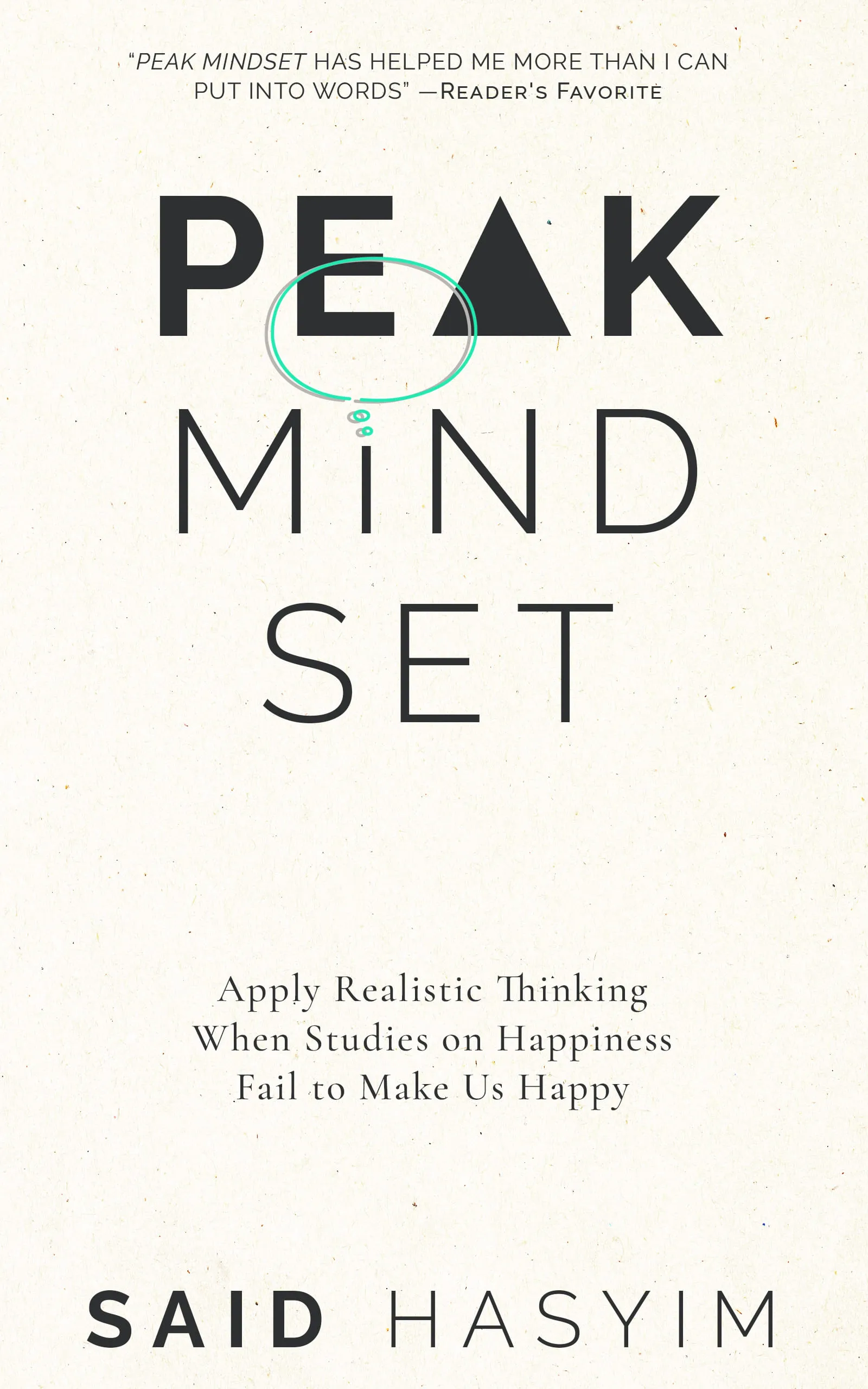How to Shift from Idealism to Realistic Thinking
In a world full of aspirations and dreams, idealism can often take center stage. Idealists envision a perfect world where everything operates seamlessly, where everyone is kind, and where every challenge has a straightforward solution. While this perspective is vibrant and can inspire change, it often falls short when faced with the complex realities of life. Shifting from idealism to realistic thinking doesn't mean abandoning one's values or dreams; instead, it represents a more grounded approach to understanding the world around us and effectively navigating its complexities. This blog post will guide you through the process of this essential shift.
Understanding the Difference
What is Idealism?
Idealism is characterized by a belief in and pursuit of noble ideals. It emphasizes vision, creativity, and an optimistic outlook. Idealists dream of a better world and often become advocates for social change and innovation. While this mindset has its merits, it can lead to disappointment when faced with harsh realities.
What is Realistic Thinking?
Realistic thinking, on the other hand, is rooted in practicality and observation. It involves recognizing limitations, acknowledging challenges, and evaluating situations based on evidence rather than wishful thinking. Realists strive for achievable goals based on an accurate assessment of circumstances.
Why Shift from Idealism to Realism?
Improved Decision-Making: Realistic thinking encourages informed decisions. By grounding your choices in reality, you’re more likely to achieve your goals and find effective solutions to problems.
Resilience to Disappointment: Idealists often face disillusionment when their expectations don’t align with reality. Adopting a more realistic perspective can help cushion the impact of setbacks, enabling you to cope better with life’s challenges.
Stronger Relationships: Unrealistic expectations can strain relationships. Realistic thinking fosters better communication and understanding, allowing you to relate to others more authentically.
Increased Adaptability: Life is unpredictable, and situations can change rapidly. Realistic thinkers are more flexible and better equipped to adapt to change because they navigate the world based on current conditions rather than ideal scenarios.
Steps to Shift from Idealism to Realistic Thinking
1. Acknowledge Your Idealism
The first step in making a shift is recognizing and acknowledging your idealistic tendencies. Take time to reflect on your beliefs and values. Ask yourself:
- What are the ideals I hold dear?
- In what areas of my life do I find it challenging to accept reality?
By understanding your idealistic perspective, you can begin to uncover the areas where a more realistic approach might be beneficial.
2. Set Achievable Goals
Idealists tend to set lofty goals that can feel overwhelming and unattainable. Instead, try breaking your objectives into smaller, achievable steps. Employ the SMART criteria (Specific, Measurable, Achievable, Relevant, Time-bound) to help formulate practical goals.
For instance, instead of aiming to change the world overnight, set a goal to volunteer once a month at a local charity.
3. Embrace Critical Thinking
Cultivating critical thinking skills is vital in shifting your perspective. This involves analyzing information, questioning assumptions, and considering alternative viewpoints.
To enhance your critical thinking, you can:
- Read diverse perspectives on issues.
- Engage in discussions that challenge your beliefs.
- Analyze current events with a discerning eye.
4. Seek Feedback from Others
Encourage constructive criticism from friends, family, or colleagues. Often, those around us can provide insights that we might overlook due to our idealistic perspective. Encourage open dialogue about your ideas and plans. Listen to their feedback with an open mind, and consider how it may offer a more realistic take on your aspirations.
5. Practice Mindfulness and Reflection
Mindfulness is a practice that encourages being present and aware of one’s thoughts and feelings. By practicing mindfulness, you can learn to observe your idealistic thoughts without judgment, understand their origins, and gradually replace them with more realistic viewpoints.
At the end of each day, take time to reflect on your experiences. Ask yourself:
- Were my expectations aligned with reality today?
- How did my ideals influence my responses to challenges?
6. Embrace Flexibility
Allison’s law states that “the only constant is change.” Life can be unpredictable, and rigid idealism often leads to frustration when reality doesn’t conform. Embrace flexibility by being open to new solutions, adjusting plans when necessary, and reframing challenges as opportunities for growth.
7. Focus on What You Can Control
Often, idealism stems from a desire to change the world or influence others. Instead of fixating on grand changes, focus on what you can control. Reflect on your immediate environment and how you can impact it realistically.
For instance, rather than aiming to solve climate change on a global scale, choose to reduce your plastic use, start a community cleanup, or advocate for local sustainability efforts. Every small action contributes to larger change.
8. Celebrate Small Wins
Finally, as you begin to embrace realistic thinking, remember to celebrate your progress. Acknowledging small victories not only boosts your confidence but reaffirms that incremental change is valid and impactful.
Conclusion
Shifting from idealism to realistic thinking is not about giving up on your dreams or values; rather, it’s about grounding them in reality. With a realistic perspective, you can make informed decisions, foster deeper relationships, and navigate life’s uncertainties with resilience. Embrace this shift as a journey of growth and discovery, and you’ll find that realism can be a powerful ally in achieving your aspirations and making a meaningful impact in the world.
Leverage Your Mindset for a Fulfilling Life
Explore Peak Mindset, a book to leveraging your subconscious for a more fulfilling life. Gain insights into realistic thinking, money management, and stress resilience to make informed decisions. Discover pitfalls in conventional happiness advice and practical strategies for self-transformation. Unlock your potential and enhance your overall satisfaction.
